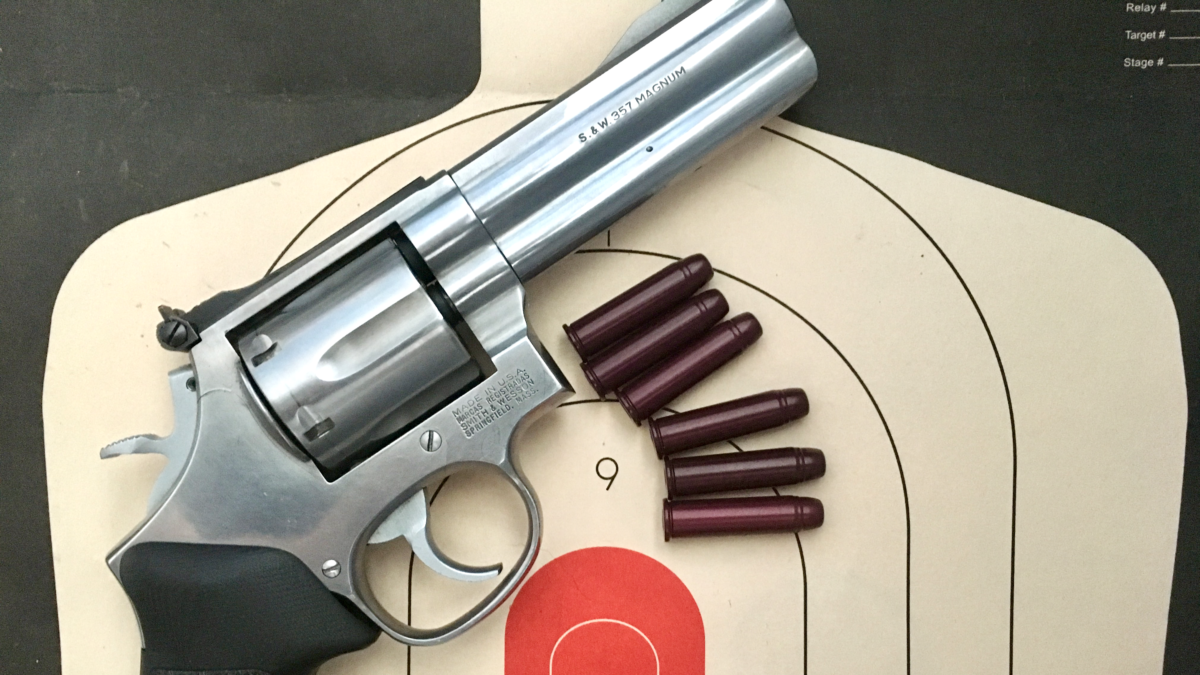My first post of this year briefly discussed my goal of doing 3,650 minutes of dry practice in 2019. I know these posts probably won’t interest most of you; they are mostly for my own accountability. Here are my results to this point in the year:
January 1 – 11: 200 minutes
January 12-31: 140 minutes
February 1: 10 minutes
February 2: 10 minutes
February 3: 0
February 4: 10 minutes
February 5: 10 minutes
February 6: 10 minutes
February 7: 10 minutes
February 8: 10 minutes
February 9: 10 minutes
February 10: 10 minutes
February 11: 10 minutes
February 12: 10 minutes
February 13: 10 minutes
February 14: 10 minutes
February 15: 10 minutes
Monthly Target: 280 minutes
Monthly Actual: 140 minutes
Cumulative Target: 590 minutes
Cumulative Actual: 480 minutes (8 hours)
Focus Areas
During this period I focused my energy on clearing malfunctions. I worked the four major types of malfunction clearance drills. I also conducted some maintenance of presentation and trigger manipulation.
Malfunction Drills
If you guys are working with revolvers there isn’t a whole lot of immediate/remedial action you can practice. Although modern semi-autos are very reliable, I think malfunction clearance is an important skill to know and automate.
Despite being pretty easy to set up, malfunction drills take some time. They also aren’t the most fun thing to practice. This is where the “work” really came in.
Type I: I would begin by drawing with a full magazine of snap caps but an empty chamber. I would go through the Type I “tap/rack/reassess” sequence.
Type IV: To setup an out-of-battery malfunction I would drop the magazine and eject the snap cap (but retain it). I would then gently lower the slide on the snap cap. The extractor will prevent the slide from fully seating. I would then gently reinsert the magazine and present the gun to the target. Clearing this malfunction involves nothing more than providing some forward motion to the back of the slide with the heel of the support hand. I tried to do this drill sparingly because of the potential (real or perceived, I don’t know) to damage the extractor.
Type II: Setting up a stovepipe is pretty easy. To do so I would rack the snap cap out of the chamber and retain it. After retrieving it I’d pull the slide back just enough to set it in there on top of the snap cap in the chamber, then let the slide catch it. I tried to do a 50/50 split of the stovepipe at 12 o’clock and 3 o’clock (or thereabouts) positions.
Type III: Finally, I would setup the dreaded double-feed/failure to extract. This required me to lock the slide to the rear. I would then drop a snap cap in the chamber area (sometimes all the way in, sometimes not) and drop the slide.
I found that I could run through the cycle of setting up and clearing one each of the Type I, IV, II, and III malfunctions in about 90 seconds. Add in time to recover snap caps and magazines, and stuff, and I was only able to do six of each in a ten minute period. Still, over 15 days that adds up to 90 repetitions. How many shooters out there do 90 reps of malfunction drills. . . ever?
It’s not hard to find 10 minutes a day to dry practice. Take ten minutes you’d be spending vegging out on Instagram or in front of the TV and turn it into a tangible skill.


I think your dry fire diary is more popular than you’d expect.
Good to know! Appreciate the input!